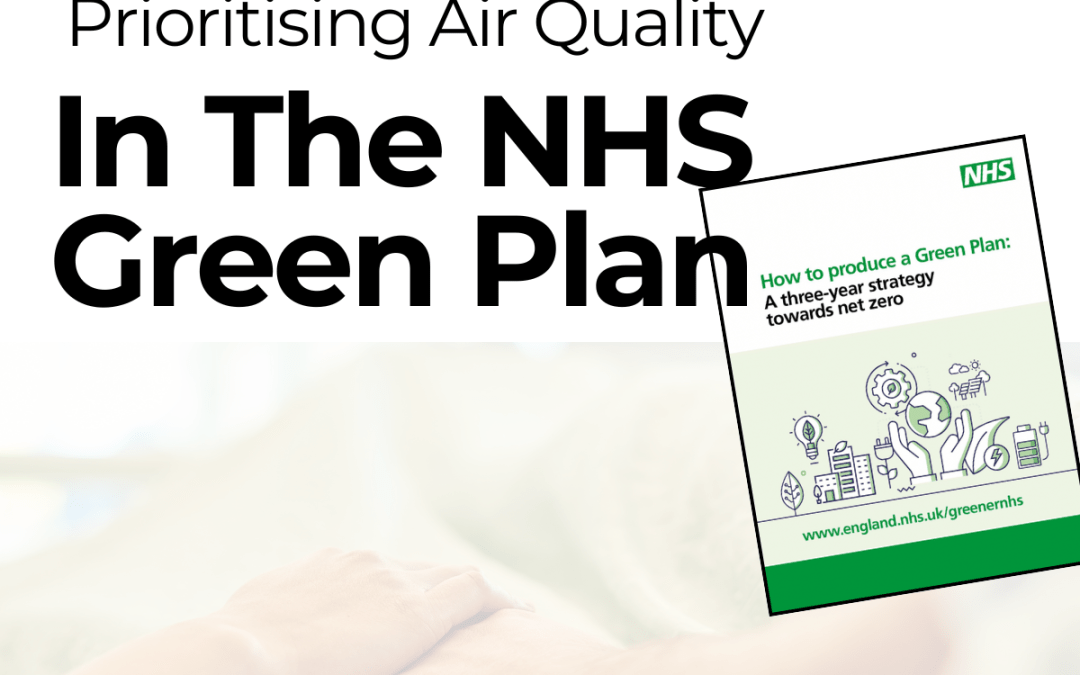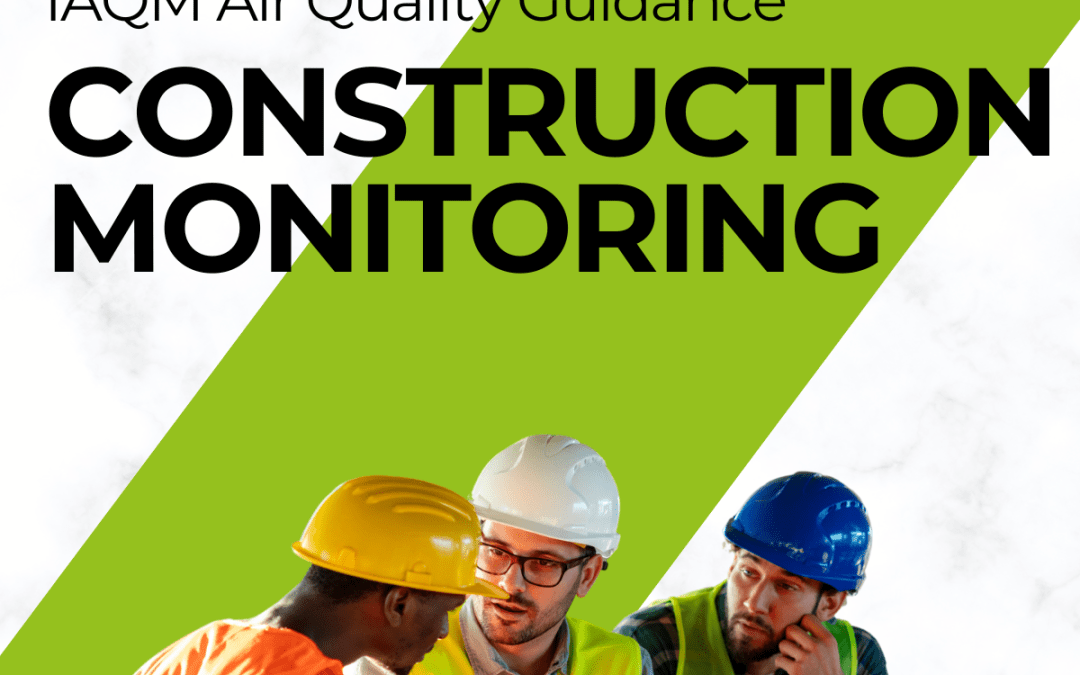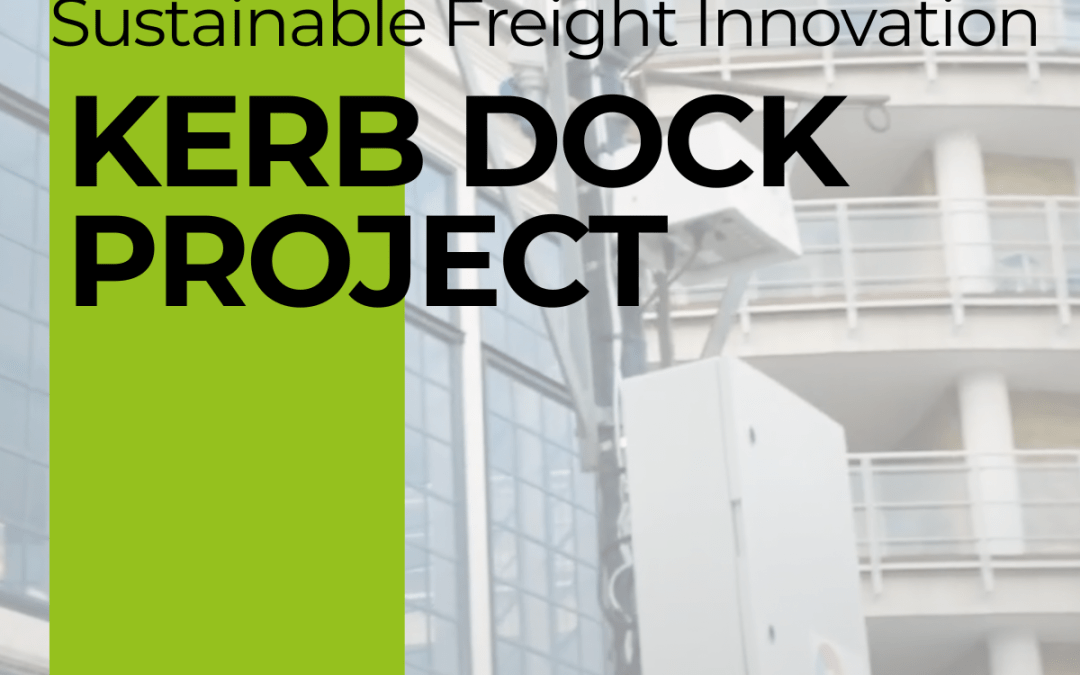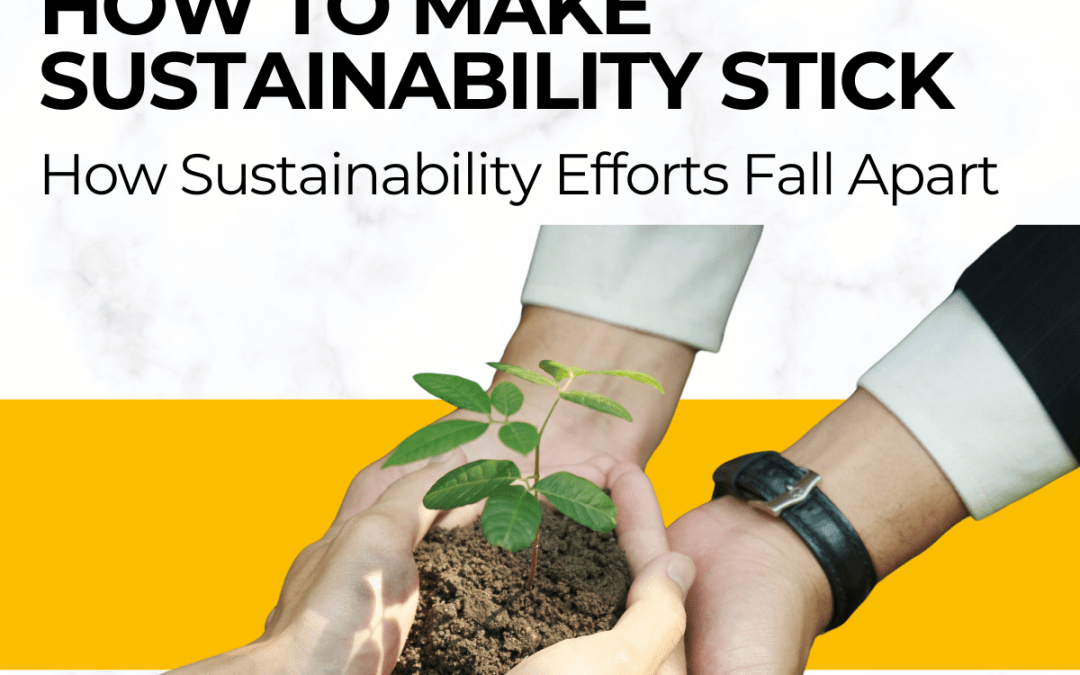This post is part of a two-part series on the future of sustainability in construction
As per the recent announcement of the mandatory climate disclosures, construction organisations will now need to show their pollution reports and the actions that they are taking to becoming net zero and more sustainable. There are many ways that the construction industry can reduce pollution, one of them being through the building design itself which is discussed in part 1 here: “reducing air pollution through building design”. But there are many other parts of the construction process that can cause excessive pollution including the supply chain and production of materials.
In this second part, we’ll look at how and why the construction industry should be taking action to reduce pollution.
Why the construction industry needs to take action on pollution?
As we’ve shared in the first part, air pollution contributes to many premature deaths (estimated 5 million as of 2017) in the world and to many diseases or health conditions. It’s also contributes drastically to global warming which has been classed as the biggest threat to humankind and our environment. Construction companies are a big contributor to air pollution due to the activities of transport, production, materials and machinery that emit toxic gases and chemicals. According to the World Green Building Council (WorldGBC), construction is responsible for “39% of all carbon emissions in the world with 28% of it coming from operational emissions and the remaining 11% coming from embodied carbon emissions”.
There are clear ambitions from the construction sector to reduce pollution as there is an agreed collective target for over 80 large construction companies all to reach over “40% less embodied carbon emissions by 2030 and to achieve net zero emissions by 2050”. But while there has been commitments from construction organisations, the recent announcement of the mandatory climate disclosures means that these construction companies will now be required by law to share pollution reports to show their emission rates and ultimately to show if they’re reducing pollution. Although there was a shared responsibility to commit to this collective net zero target, the climate disclosures now mean that action will be accelerated as companies are enforced to report, evaluate and eliminate these pollution risks.
How the construction industry can reduce pollution effectively?
There are many considerations and actions that construction organisations can take to reduce air pollution but one of the main solutions to take effective action is to monitor and measure all business activities that can cause pollution. This includes pollutants from the transportation of materials in the supply chain, pollutants from the production of making materials or the materials themselves that emit carbon to individual employee pollution. There can be many areas to the supply process but it’s important that not only are all these activities measured for the mandatory climate disclosure reports, but so you can pinpoint high risk pollution areas to minimise or eliminate them for good.
By accurately reporting on your pollution activities, not only are you doing your duty for the law or the agreed collective goals, but you can identify opportunities to put in place more eco-friendly measures, tools or solutions to make your business more sustainable and competitive in the future. This means that companies can effectively detect the impact of pollution and replace materials that contribute to the embodied carbon of a building with a more sustainable solution.
Ultimately, brands will not only be examined by authorities to comply with pollution regulations, but customers will want to invest in companies that are taking action to community issues and are giving back to their local communities. Many news outlets including this article by Forbes have shared statistics on how important corporate social responsibility is to customers with “88 being more loyal to a company that support social or environmental issues and 92% being more likely to trust an organisation that support social or environmental issues”. This shows that not only it is a long-term investment to the greater good for our environment, but there are opportunities to connect with your customers and communities to show the work that your organisation is taking to create a better, more sustainable world.
If you want to learn more about how you can effectively measure and identify your pollution activity to create accurate real-time air quality reports, then see how the digital solution of EMSOL works here.





